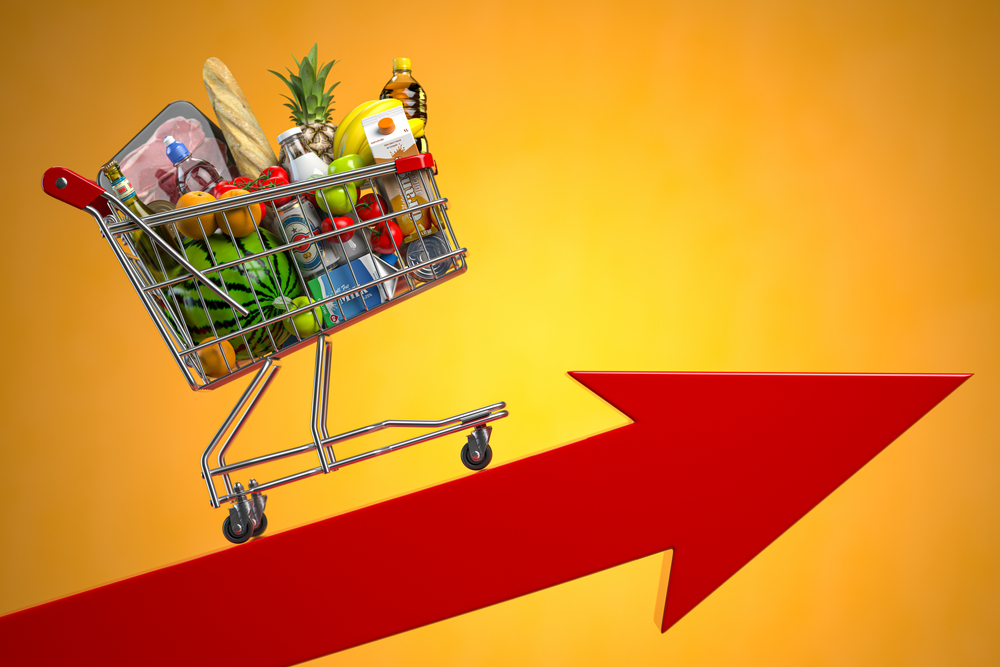Household Bills
Price of cheapest pasta up 50% in a year

The lowest cost pasta has risen by 50% in the year to April, while basic bread is up 16% and rice 15%, data reveals.
A tracker monitoring the price of 30 basic grocery items – often bought by those on the lowest incomes – has revealed that 13 products have risen at a faster rate than the typical food and drink inflation figure of 6.7% in the year to April 2022.
In its first ‘highly experimental’ research tracking the lowest cost of grocery items to see how they have changed in price over the year, the Office for National Statistics (ONS) found five items had increased by 15% or more. For 10 of the 30 items, the lowest cost price increased by more than 10%.
The data revealed:
- Pasta was up 50%, taking the cost of a 500g packet to 53p (was 36p)
- Crisps increased 17%, taking a 150g packet to 83p (was 71p)
- Bread rose 16%, so an 800g loaf cost 54p (was 47p)
- Minced beef increased 16% – up 32p so a 500g packet now costs £2.34 (was £2.02)
- Rice was up 15%, taking a 1kg bag to 92p (was 80p).
However, the ONS noted that six items have fallen in price over the year:
- Potatoes were 14% down, taking a 2.5kg bag to 75p (was 87p)
- Cheese reduced 7%, taking a 255g product from 95p to 88p
- Pizza reduced 4% taking a 300g product from 99p to 94p
- Chips saw a 3% fall in price, taking a 900g bag from £1.19 to £1.16
- Basic sausages also saw a 3% fall in price, taking a 454g packet from 87p to 84p.
- Apples recorded a 1% reduction in price, so a six pack was down 2p to 94p.
The graph below shows the lowest price of selected 30 everyday groceries between April 2021 and April 2022 and how they have increased or decreased:
Meanwhile, the ONS also noted that there’s a big leap in the price of the lowest cost products when switching to the next cheaper version. It noted for over two-thirds of the items monitored, the next item was at least 20% more expensive.
Further, the ONS said there was “some evidence of shrinkflation” with pack sizes reducing but costing the same price.
And there was also evidence that some sugar-free or low-salt versions of some of the lowest cost items were often the same price as the standard versions of these products.
‘These kinds of rises are incredibly difficult to factor in’
Sarah Coles, senior personal finance analyst at Hargreaves Lansdown, said: “Budget range inflation has dealt a nasty blow to shoppers on low incomes. The price of supermarket budget ranges is rising no faster than the overall cost of food and non-alcoholic drinks. However, these rises are much more difficult to deal with when you’re shopping on a low budget and have nowhere to turn.
“The overall figure also hides the fact that once you’ve made it to the supermarket, the budget range may not be available. Not every supermarket stocks every budget item, and in some cases there may be nothing left on the shelf. The danger is that if you’re forced to buy the next cheapest, the difference can be horrendous.
“When you consider how tight people’s budgets are, the price rises in cash terms hit home too. The largest price rise was for beef mince (up 32p for 500g to £2.34), chicken breasts (up 28p to £3.50 for 600g) and pasta (up 17p). When you’re calculating your spend to the last penny, these kinds of rises are incredibly difficult to factor in.”
